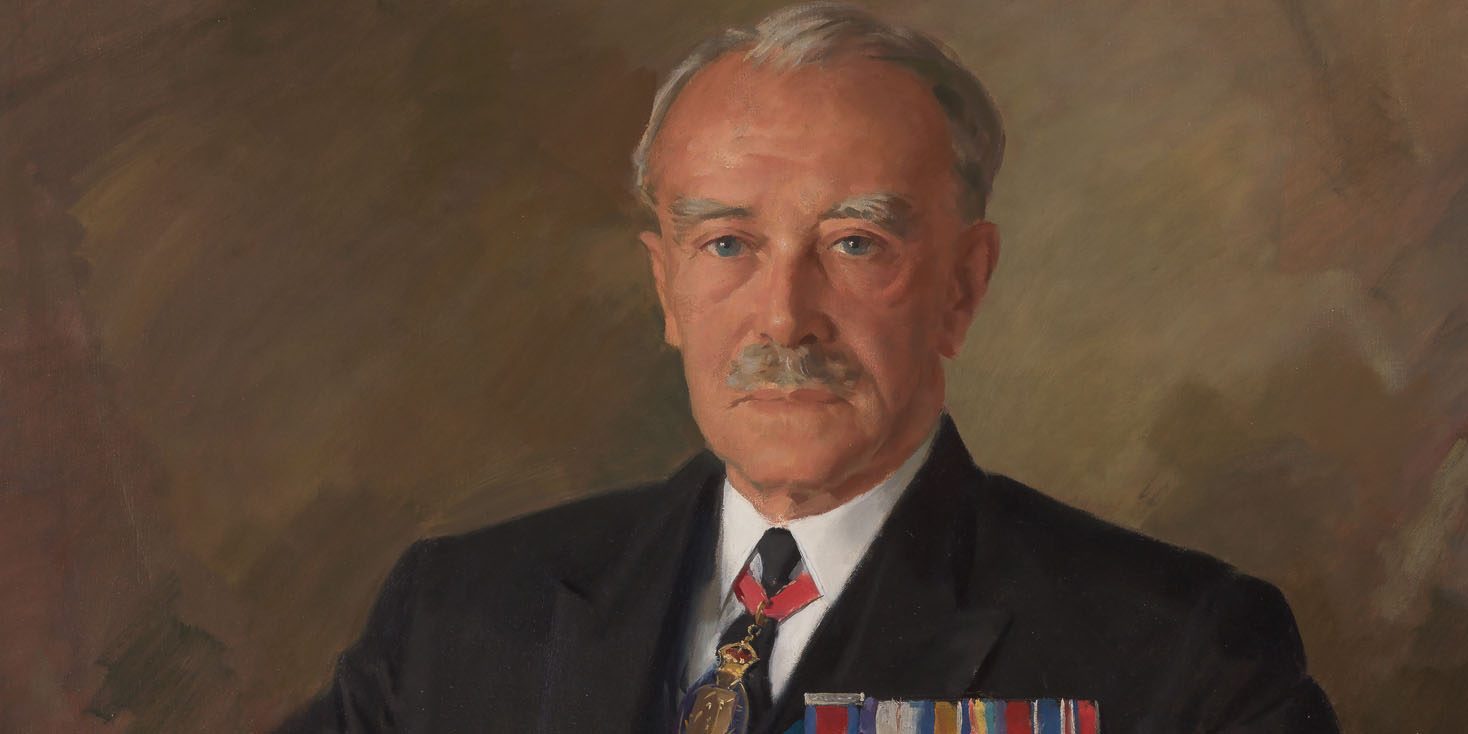Richard Casey’s Fascinating Connection Between India and Australia Aug 1, 2023

As the SBA family is settled in both the great southern land of Australia and the vibrant city of joy, Kolkata, we are always on a quest to search for connections between the two. And when we came across the 16th Governor General of Australia (1965 to 1969), who was also earlier in his career Governor of Bengal, we had to put pen to paper to write about this intriguing connection.
Sir Richard Casey, an Australian man, was appointed by the British Government as the Governor of Bengal during a critical period when the state was going through the aftermath of the devastating Bengal famine of 1943, and there was a growing demand for independence from Britain by Indian patriots.
Governor Casey’s appointment was met with protests and scepticism. India was striving for autonomy and the selection of a Governor from a country that implemented the White Australia policy—an exclusionary immigration policy—added fuel to the fire. However, undeterred by the challenges he faced, Governor Casey set out to alleviate the suffering caused by the famine and its aftermath.
According to the Associate Professor of South Asian and World History at the University of New South Wales, Kama Maclean, his short governorship was met with critical issues like widespread diseases related to malnutrition and malaria. In response, he set up orphanages to provide care and support to children who had lost their families during the devastating famine.
Governor Casey also worked to ensure that food supplies were established in critical areas. However, one tragic aspect of the famine was that some of the grain that could have saved lives was stored away in government storehouses. This meant that while there was food available, it was not reaching those who desperately needed it.

The reason behind storing the grain was the fear of Japanese advancement in Burma, which posed a threat to the region during World War II. In this difficult situation, Governor Casey took decisive action. He released the stored grain, reconditioned it to ensure its quality, and made it available for distribution to the hungry and malnourished population.
Despite the tragic circumstances, Governor Casey introduced reforms that proved invaluable. He initiated a boat-building program to enable access to fish, which was a vital part of the Bengal diet. This was a significant step in helping people regain a semblance of their previous lives when fish had become scarce.
Governor Casey’s empathy for the plight of the Indian people extended beyond the famine. He voiced his disagreements with the policies of British governance and criticised their management in India. His correspondence with the Viceroy displayed his commitment to improving the situation for the Indian population.
In an unexpected turn, Governor Casey formed a unique bond with the iconic leader, Mahatma Gandhi. When Congress’s communication with the Viceroy hit a roadblock following the failure of the Shimla talks, Gandhi saw an opportunity in Governor Casey. They engaged in conversations that helped restart negotiations and fostered mutual respect between the two influential figures.
The connection between Kolkata and Australia, through Governor Casey’s role in Bengal, reminds us that even during difficult times, individuals from different corners of the globe can come together to make a positive impact. It showcases the power of human connection and empathy, as well as the willingness of individuals to bridge geographical and cultural gaps in times of need.
The connection between Australia and Kolkata, in this adverse time, is a testament to the resilience and unity of humanity. It serves as a reminder that history’s lessons are not merely stoic but also brimming with fascinating tales of individuals who ventured beyond their boundaries to create a lasting impact. Governor Casey’s journey is one of adventure and fascination, and it reflects the enduring link between the city of joy and the great southern land.
